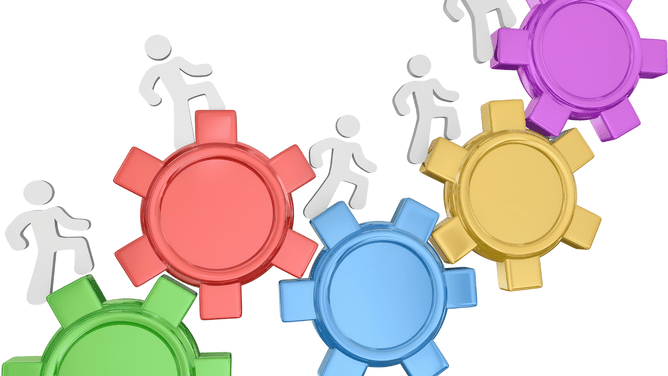Do you already track your gross and net profit but are at a bit of a standstill on how to increase profitability? Think about the relationship between business profit and productivity. You can increase profitability if you produce more and pay less for what you need to produce and sell your goods or services.
It's not about cost cutting. It’s about looking closely at the value you get for what you spend and how you can best create value for your customers.
Start with your fixed costs. You must pay these to keep your business’ doors open. Some of them are negotiable to the extent that there might be a cheaper way to achieve the same effect. Others are non-negotiable.
The critical thing with each is to ask:
- What service does this provide to my business?
- Can I obtain the same service from another source at a lower cost?
- Is it feasible to switch to another supplier?
- If I did switch to another supplier would I get equivalent quality, and would this affect the quality of my product or service?
The relationship between productivity and profitability can be dynamic. Productivity measures the resources (eg staff or materials) needed to produce the final product or service. If you use fewer resources to produce more, you will typically have higher productivity. This in turn can drive higher profitability.
Productivity is about generating more sales per dollar of fixed costs. It can be achieved by either or both:- increasing your sales faster than your fixed costs increase, or
- reducing your fixed costs without affecting your sales
Fixed costs
Start by looking at your fixed costs. You must pay these to stay in business, although some costs may be negotiable to some extent. Examples include:
- rent
- wages
- advertising
- interest
- insurance
- leasing costs
- utilities
In the short run they will not change as your volume of sales changes. In the longer term they may increase as the business grows.
When you analyse your fixed costs, look into whether alternative suppliers or other strategies could enable you to deliver the same or enhanced value to your customers without increasing costs. Could you achieve those outcomes with the same or reduced costs? Focus on value: the value you get for what you spend and the value you can deliver to customers.Wages
Take wages for example. In difficult times people often think of dismissing staff. This may be appropriate but should be considered carefully.
Your investment in a motivated, trained, and inspired team may drive your business’ bottom line profitability in a way that can’t be equalled by simple staff cuts.
Often, a better strategy is to invest more into staff training. Help your team improve customer service and sell more to your customers. Encourage them to make changes to workplace habits to improve productivity and office efficiency. Support and challenge them to get more quality work done in less time and reduce the amount of time spent on unnecessary tasks.
Advertising
What about advertising and productivity? There is a standing joke in the industry that 50% of your advertising is wasted. The problem is to identify which 50%.
In a Business Review Weekly article, a manager of a major supermarket chain said that 91% of readers took very little notice of price and item ads — only 9% looked at them for shopping purposes. If that’s true, why do the major supermarkets still persist with this type of advertising? Because product suppliers pay for the ads and the supermarket gets to:
- promote its name and
- create consumer perception that it’s a price competitive retailer.
Value in advertising
This does not deny the value of advertising. On the contrary, it is one of the best ways to multiply sales. But it is not productive to spend on advertising that doesn’t work. Identify your target market(s) and create focused campaigns for them. Monitor these and test the results.
Increasing productivity in advertising is about getting the most out of your advertising dollar. This can be a major untapped area of potential profit growth.
Systems
Whether your business sells goods or services, effective systems can cut wastage, double handling, training time and poor execution. Analyse your business systems to consider whether different approaches could boost productivity. For instance, lean systems have helped many businesses to improve productivity, with a focus on creating more value for the customer and eliminating anything that does not add value to the customer.
Business performance – next steps
Productivity helps drive profitability. It’s important to remember that both fit into the bigger picture — improving business performance. Regular monitoring of expenses and income is essential but you also need to understand how the numbers translate to key performance indicators for your business.
Tracking your business metrics gives you a great strategic advantage to plan and achieve your goals. But it’s not just about the numbers (did we just say that out loud?). What other measures help you look at how your business is performing? Your people, workplace culture, business strategy, a continuous improvement framework, how well you adapt and how well you innovate are all part of the big picture. It’s important to understand the process overall and see how all the elements fit together.
Anything your business can do faster or better than your competitors gives you a competitive advantage. If you can produce more for a lower cost, deliver more quickly, serve more clients, improve customer service or increase value add to the customer, the strong relationship between productivity and profitability will help your business thrive.
Contact us if you would like to discuss how you can improve your business productivity and profitability or if you would like help with a business performance analysis.

